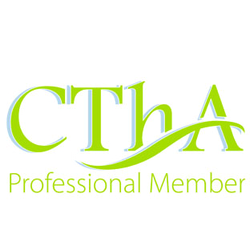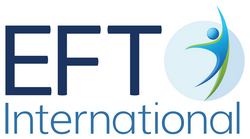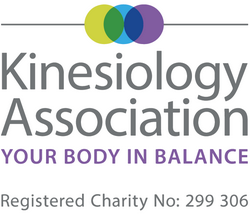Physical-Structural Bodywork

Physical - Structural
She trained as a dancer, specialising in Contemporary Dance and in this setting her natural curiosity and love of movement led her to develop an increased interest in the role that movement plays in relation to the body and mind. She discovered movement as a tool for healing using it with her clients to facilitate healthier, more aligned and fluid ways to move.
She qualified as a Pilates Master - Hatha and Vinyasa Yoga teacher and used these methodologies to design unique programs to fit the individual's needs.
Yoga
Those who wish to develop their natural wellbeing may find yoga therapy a useful route. Yoga therapy is taught by yoga teachers with additional training and experience in the therapeutic adaptation and application of yoga. People may be taught one-to-one or in a therapy group setting.
Yoga therapy may help with many issues and can be appropriate for a wide range of ages and lifestyles as well as those looking for a healthier way of life. All that is needed from the participant is the desire to help her or him and the willingness to practise regularly.
Through practising a yoga therapy programme the participant may, for example, become more aware of posture and breathing. She/he may also find regular practice can help to promote relaxation, aid sleep and relieve tension; it may help to contribute to an increased sense of wellbeing and a positive mood.
In a typical first yoga therapy session the yoga therapist will take a medical history. The body, posture, simple movements and the breath may be observed and issues and concerns discussed. Working with yoga therapeutically is about the whole person.
The yoga therapist will then assess how yoga therapy may help before planning and teaching a practice tailored to the needs of that individual. Practices may include one or more of a range of techniques such as posture work, breathing, and relaxation, working with sound, reflection, and/or meditation. A number of sessions are likely to be needed to confirm safe and appropriate practice.
Pilates
Created by Joseph Pilates in the 1920's, Pilates is a full-body exercise method that emphasizes proper alignment, good technique and correct breathing. It aims to increase flexibility and strength as well as integrate body and mind and induces a sense of relaxation and wellbeing.
Poor posture, weak muscles and habitual patterns of misuse due to injury or poor posture make the body inefficient and out of balance creating problems with alignment and good movement patterns. Pilates helps to restore the body's natural alignment, helping to bring it into balance so that it can move more efficiently with grace and ease and with minimal effort.
The method may be taught without equipment on a mat or may employ the use of the Pilates machines developed by Joseph Pilates himself such as the Reformer, Cadillac, Barrel or Chair.
There are up to eight basic principles within the method. It is often described as a mixture of Alexander Technique to help improve posture: Body Conditioning to strengthen and tone the body and Yoga to help increase flexibility.
It builds strength without excess bulk, creating a slender but toned body.
It is now recognized by many leading physiotherapists, osteopaths and other health professionals to help in the role of injury prevention and rehabilitation.
Anybody can do Pilates regardless of age, fitness level or gender. It is suitable for a variety of health problems and medical conditions since many of the exercises can be adapted, modified or changed to cater for individual needs.
Pilates Principles
Alignment
Alignment refers to correct skeletal posture during the whole movement pattern. In Pilates we always start our movements from the correct alignment; this can be standing, sitting, semi supine and prone. Correct alignment helps to correct muscular imbalances. It helps to minimise wear and tear on the body through correct use of muscles, ligaments and tendons. We can achieve balance through an awareness of alignment
Breathing
Breathing in oxygen is the main source of fuel for any exercise so correct breathing is important. Breath control in Pilates is essential to how we control and execute the movement. Breathing during Pilates is called Postural lateral breathing or thoracic breathing because we breathe into the upper backsides of the rib cage and the back whilst keeping mild abdominal contraction. Generally during Pilates we breathe in to prepare for a movement and out to perform a movement or strain being careful not to hold the breath. Breathing also aids relaxation
Centring
The Powerhouse or the core is made up of the abdominals the pelvic floor and the buttocks. It is where every action/movement stems from. All Pilates" movements are executed from a strong and stable core which allows for a high degree of control over the limbs. Pilates encourages an even muscular balance and does not promote the use of one muscle group over another. Over use of one muscle group can lead to injury. Centring helps to promote mind/ body control
Concentration
Pilates requires focus from the individual, which helps to connect the body and mind. Concentration helps us to improve on technique, which helps to develop precision and flow preventing injury. It also helps us to develop sensory feedback helping to increase kinaesthetic awareness. During Pilates participants are encouraged to observe their bodies correcting making the correct adjustments for correct alignment and posture
Control
In Pilates fewer repetitions performed with good control is more effective
Movements performed with control avoid injury and helps us to achieve better results for our body. Challenging stability is the way we work to improve control
Co-ordination
Co-ordination can often be neglected in our daily movement patterns
Pilates works with the co-ordination of movement, breath and engagement of the core. Mind /body connection can be improved with co-ordination. Co-ordination involves mental and physical work stimulating 2-way communication. By increasing the difficulty of movements step by step co-ordination can be improved
Flowing Movements
In Pilates the movements flow into one another with a breath in between. The movements are part of a conscious thought process with one action moving through into another one. Movements move away from the centre of the body, which should be strong, stable and co-ordinated. In Pilates there are not many static holding movements
Relaxation
During each movement we are encouraged to release unnecessary tension from muscles that are not required therefore allowing you to be more aware of the muscular focus of each exercise. It teaches us to distinguish between which muscles to release and which muscles should be activated. Tension can affect breathing, which in turn prevents spontaneous action during exercise. Relaxation aids focus and breathing. Relaxation can help to prevent tension, anxiety and stress
Her natural curiosity and creativity fostered a desire to study further and she is now a highly skilled and professional qualified Somatic Movement Coach.
Somatic Movement
Somatic Movement enhances human function and body-mind integration through mindful and restorative movement. SM encompasses distinct disciplines each with their own educational or therapeutic emphasis, principles, methods and techniques.
She incorporates postural and movement evaluation; experiential anatomy; guided movement patterning to increase efficiency; all while developing perceptual, kinesthetic and proprioceptive sensitivity. Somatic Movement supports homeostasis, co-regulation and neuro-plasticity in the human being.
A somatic movement, generally speaking, is one, which is performed consciously with the intention of focusing on the internal experience of the movement rather than the external appearance or result of the movement.
Due to its generic definition, the term somatic can be used to describe a variety of forms of movement and healing modalities. You may have heard of somatic yoga, somatic experiencing, somatic psychology, somatic therapy, or somatic dance therapy. You may have even heard of somatic education!
Thomas Hanna coined the term somatic education. Hanna used the term somatic education to describe methods of sensory-motor education that use somatic movement to improve motor control and sensation and change learned muscular patterns. Many people find somatic movement education methods to be highly effective in relieving chronic pain, improving bodily function, and recovering from common musculoskeletal conditions.
In order to be most effective, a somatic movement should be performed as slowly as possible. The human nervous system, which controls our posture and movement, must learn new things very slowly. With practice, we are able to gradually speed up and perform movements more quickly while still maintaining form and control. When we do movements quickly, we are not learning anything new we are simply reinforcing existing learned patterns.
A somatic movement must also be performed consciously, with our complete internal focus and attention. Conscious attention is key to the learning process; we can't learn something new if we aren't aware of what we're doing.
Methods of somatic education teach specialized somatic movement techniques in systematized ways that are specific to each method. Well-known methods of somatic education include Clinical Somatic Education, also known as Hanna Somatic Education, the Feldenkrais Method, and the Alexander Technique.
Many methods of somatic education use both hands-on movements, guided by a certified educator, and self-care movements, which are practiced by the student on a regular basis at home. One of the tenets of all forms of somatic education is that students should be responsible for their own health and learning. The role of a somatic educator is to empower students to take care of themselves by teaching them the tools they need to stay out of pain and continue to improve their posture, movement, and function throughout their lives.
To add to her bodywork skills she studied to become a Sports Massage Therapist, specialising in myofascial release and trigger points, cupping and moxibation, Indian Head Massage and Ante and Postnatal Massage, taping and strapping
Sports Massage
Sports massage is a soft tissue treatment, primarily aimed at athletes to ease muscular tension and minor injuries received as a result of sport. However, it is not exclusive to athletes, as many people prefer the often deeper, sometimes more intense, massage delivered by sports massage therapists.
Sports massage is predominantly used as part of an athletes training program, complementing progressive training and minimising potential incidences of injury by reducing muscle tension. It can be used in a variety of situations; pre-event which is typically used to prepare the athlete physically and help with mental preparation, inter or intra-event which helps prepare the muscle for subsequent activity, post-event which can aid relaxation following activity and can be used to assess muscle condition for potential injury. Sports massage therapists work alongside medical and health care teams as well as within sporting environments.
A typical session would begin with a discussion between the practitioner and the client to seek the client's relevant personal details, medical history and reason for the visit. Using this information the practitioner may then further observe posture, client's movement, evaluate the tissue by touch and carry out specific functional tests to establish the possible cause of discomfort or injury. Using this information, and in conjunction with the client an appropriate treatment plan will be developed. All assessments and treatment will be explained to the client and informed consent will be sought.
The client may be asked to undress or perhaps change into sports wear for the assessment and treatment. The treatment will be tailored to address the needs of the client and may include the application of a variety of soft tissue techniques and functional movement skills. These may necessitate movement by the client. Following treatment the practitioner will offer homecare advice to facilitate or continue the treatment effects and advise in the case of adverse reactions. The therapist may also suggest referral to another practitioner if treatment is not within their remit.
Sports Therapy
Sports therapy uses a range of therapeutic techniques for the prevention, recognition and treatment of minor sports injuries. It can also be used to provide support with people wanting to maintain and improve fitness.
A typical session will involve appraising the injury using a number of techniques including posture analysis, gait analysis, biomechanical assessment, as well as soft tissue assessment. The session itself may include soft tissue therapy, mechanical and electrical treatment, cooling or warming therapy and mobilisation.
Sports therapy may be used to address an extensive range of injuries. Sports therapy may also be found to be helpful in the mental preparation of athletes for sporting participation.
Massage Therapy
In all types of massage therapy, the intention is to relax the soft tissues, increase delivery of blood and oxygen to the massaged areas, warm them, and help the body to relax.
In a typical massage therapy session, the practitioner will discuss symptoms, medical history and the desired results. The practitioner generally performs some evaluation through touch before beginning the massage. Oil or powder help reduce friction on the skin and the therapist may use other aids, such as ice, heat, fragrances, or machines.
Massage may be found to bring relief from everyday aches, reduce stress, increase relaxation, and address feelings of anxiety and tension, and aid general wellness. It can also be used in support of other therapies to assist in the rehabilitation of muscular injuries.
Myo Fascia Release
Myofascial Release (MFR) is a specialised physical and manual therapy used for the effective treatment and rehabilitation of soft tissue and fascial aches, pains, tension and restrictions.
MFR is a safe and very effective hands-on technique that involves applying gentle sustained pressure into the Myofascial connective tissue restrictions to eliminate pain and restore motion. This essential "time element" has to do with the viscous flow and the piezoelectric phenomenon: a low load (gentle pressure) applied slowly will allow a viscoelastic medium (fascia) to elongate.
Trauma, inflammatory responses, and/or surgical procedures create Myofascial restrictions that can produce tensile pressures that do not show up in many of the standard tests (x-rays, CAT scans, electromyography, etc.)
The use of MFR allows me to look at each patient as a unique individual.
These one-on-one therapy sessions are hands-on treatments during which I use a multitude of MFR techniques and movement therapy.
I promote independence through education in proper body mechanics and movement, self-treatment instruction, enhancement of strength, improved flexibility, and postural and movement awareness.
Hands-On Treatment
Each MFR Treatment session is performed directly on skin without oils, creams, lotions or machinery. This enables me to accurately detect fascial restrictions and apply the appropriate amount of sustained pressure to facilitate release of the fascia. MFR cultivates a sense of touch so that each and every treatment is uniquely delivered with skilled 'listening" hands.
Trigger Points
A trigger point, as the name implies, is a specific point or area in a muscle that can causes pain to refer to another part of the body. For example, a trigger point located in the neck could be the source of a headache or even toothache. Neck pain may be "referred" from a trigger point in the shoulders or back. You can suffer with localised pain in the area of the Trigger Point, but most of the time, (70%) this Trigger point will refer to another part of the body.
Trigger Points are tender to touch and form a 'knot" or tight band of fibrous tissue in or around a muscle and by pressing, or applying a pin point pressure, this will cause pain localised but also more than often pain else where in the body. Trigger points can be held responsible for other issues in the body such as weak muscles, loss of co-ordination, limited mobility and many more.
Some trigger points can develop due to sedentary lifestyles, acute or repetitive trauma/impact to the muscle, sleep problems, joint problems, vitamin/nutritional deficiencies, and muscular overload, among others. Using trigger point therapy, the 'knots" (contracted muscle fibres) can be relaxed and stretched thus aiming to deactivate the trigger point giving a significant reduction in pain and symptoms.
Using trigger point therapy with other regular massage techniques can further amplify the benefits and help relieve pains, even for stubborn conditions.
Cupping & Moxibation
Cupping
Cupping therapy is one of the oldest and most effective methods of releasing the toxins from body tissue and organs.
It is a practice in which the therapist puts special cups on the skin to create suction. This causes the tissue beneath the cup to be drawn up and swell causing increase in blood flow to affected area. Enhanced blood flow under the cups draws impurities and toxins away from the nearby tissues and organs towards the surface for elimination.
Different Types of Cupping I offer using either glass or silicon cups
Fire cupping
Dry cupping
Oil cupping/ slide cupping
Flash cupping/ Empty Cupping
Deep tissue cupping
Tonifying
Facial cupping
Cupping therapy is indicated for both healthy patients (anti ageing treatment, rejuvenation purpose) and those suffering from ailments. Localized ailments that benefit from cupping therapy include headache, lower back pain, neck pain, and knee pain. Systemic illnesses that have seen benefits with cupping therapy include hypertension, rheumatoid arthritis, diabetes mellitus, mental disorders, heart disease, hypertension, and infections.
It can be used to treat skin diseases, respiratory, musculoskeletal, digestive, reproductive, and allergic conditions.
Moxibustion
Moxibustion is a form of heat therapy in which dried plant materials called "moxa" are burned on or very near the surface of the skin. The intention is to warm and invigorate the flow of Qi in the body and dispel certain pathogenic influences. Moxa is usually made from the dried leafy material of Chinese mugwort (Artemesia argyi or A.vlugaris), but it can be made of other substances as well.
The practitioner generally holds a burning moxa stick close to, but not touching, the surface of the skin.
In this method, the moxa material is compressed into a stick or pole, looking not unlike an oversized cigar that can be lit and allowed to smoulder, producing a unique form of very penetrating heat.
The smouldering moxa stick is held over specific areas, often, though not always, corresponding to certain acupuncture points. The glowing end of the moxa stick is held about an inch or two above the surface of the skin until the area reddens and becomes suffused with warmth.
It is not uncommon for patients receiving moxibustion to report a sudden flooding of warmth that quickly radiates along a specific pathway (usually corresponding with the jing luo channel that is being treated) away from the site of application. This is a good result, as it indicates the arrival of the Qi and signals that the flow of Qi and xue has been freed in the channel.
Indian Head Massage
Indian Head Massage is based on the Ayurvedic system of healing which has been practised in India for more than a thousand years. It works on both the physical and the mental level. Physically, it helps all the systems of the body the immune nervous, respiratory, endocrine, circulation, muscular, skeletal and lymphatic. Mentally, it helps the mind to relax, transmitting a life-giving energy that assists all systems of the body to restore and renew themselves.
Massing the scalp increases blood flow to the hair follicles, which speeds the delivery of vital nutrients, oxygen and a waste disposal system that eliminates toxins. While all this is happening beneath the skin, up on the surface desquamation is occurring. This is when dead skin cells are removed and the regeneration process is stimulated.
Rubbing the scalp stimulates the production of sebum, the skins natural oil. This oil then gets distributed throughout the scalp. Sebum works to condition, nourish and protect the hair follicle, hair root and hair shaft simultaneously. It also lubricates the bulb and follicle where the hair is pushed out from the pore.
Massaging the area will induce relaxation, allowing optimal blood flow to resume. Healthy skin and hair are not the only benefits of head massage. After only a few minutes, headaches can reduce along with fatigue and fatigue-related symptoms.
Another relaxation-booster, which is often triggered during a head massage is an extremely pleasant sensation known as ASMR (Autonomous Sensory Meridian Response). Most people have experienced this sensation at one point or another during their life, described as euphoric tingles that occur in the head and emanate through the rest of the body. When we physically relax, our mind soon follows and vice versa. The physiological benefits of relaxation are tremendous and essential for a good quality of life
Indian head massage focuses on your head, neck and shoulders. It is a deep massage, using a variety of pressure and techniques, including circular massage strokes on your scalp, deep tissue work on your shoulders, and light and deep kneading, compression and stretching movements over the neck, shoulder to realise blockages and relieve built-up tension.
The therapist will also gently stimulate and stroke pressure points on the face. This face massage helps any sinus problems as well as increasing the relaxing effect of the massage that has been applied. A treatment lasts up to forty-five minutes.
Taping and Strapping
Taping
Taping is commonly used as an adjunct or temporary technique. Athletes often make use of taping as a protective mechanism in the presence of an existing injury. Some of the goals with taping are to restrict the movement of injured joints, soft tissue compression to reduce swelling, support anatomical structures, and as protection from re-injury. Taping is used as one of the means of rehabilitation or prophylaxis in instances where support and stability are needed, as a first-aid tool, for the prevention of injury and protection of an injured anatomical structure while healing is taking place.
Strapping/ Kinesiology Taping
Kinesiology taping (KT) is a therapeutic tool and has become increasingly popular within the sporting arena. Taping has been used for a long time for the prevention and treatment of sporting injuries. KT is not only used for sporting injuries but for a variety of other conditions. It was developed by Japanese Chiropractor Dr. Kenzo Kase in the 1970's with the intention to alleviate pain and improve the healing in soft tissues. There are many proposed benefits to KT, including: proprioceptive facilitation; reduced muscle fatigue; muscle facilitation; reduced delayed-onset muscle soreness; pain inhibition; enhanced healing, such as reducing oedema, and improvement of lymphatic drainage and blood flow
Ante and Post Natal Massage and Exercises
During Pregnancy
Maintaining a regular exercise routine throughout pregnancy can help the-mum-to-be stay healthy and feel their best. Regular exercise during pregnancy can improve posture and decrease some common discomforts such as backaches and fatigue. There is evidence that physical activity may prevent gestational diabetes (diabetes that develops during pregnancy), relieve stress, and build more stamina need for labour and delivery.
If the-mum-to-be is physically active before the pregnancy, they should be able to continue physical activity in moderation and making a few changes to their normal exercise routine. It is always good to discuss exercise plans with either the doctor or other health care provider early on. The level of exercise recommended will depend, in part, on the level of pre-pregnancy fitness.
If you have never exercised regularly before, you can safely begin an exercise program during pregnancy after consulting with your doctor of health care provider and do not try a new or strenuous activity. Walking is considered safe to initiate when pregnant.
After Pregnancy
Between six to eight weeks after giving birth, most of the changes that occur during pregnancy will have returned to normal. If you had a caesarean birth, a difficult birth, or complications, it may take a little longer to feel ready to start exercising. If you did not exercise during pregnancy, start with easy exercises and slowly build up to harder ones.
The most important exercises in the first few days after the birth are your pelvic floor exercises. Your pelvic floor muscles were stretched during pregnancy, and again if you had a vaginal birth, so it makes sense to start getting them back into shape as soon as you can.
Strengthening your pelvic floor will help to protect you against leaking wee (stress incontinence). It will also stabilise the joints in your pelvis and lower back, which can make it easier for you to move around, and may also reduce the risk of joint problems and back pain.
Your lower back and core abdominal muscles are weaker than they used to be. Your ligaments and joints are also more supple and pliable, so it is easy to injure yourself by stretching or twisting too much. Avoid any high-impact exercises or sports that require rapid direction changes.
Talk with your doctor about when is a good time for you to restart an exercise program.
And there is so much more!
Massage Ante and Post Natal
Prenatal massages are adapted for the anatomical changes you go through during pregnancy. In a traditional massage, you might spend half the time lying face down on your stomach (which is not possible with a baby belly) and half the time facing up (a position that puts pressure on a major blood vessel that can disrupt blood flow to your baby and leave you feeling nauseous).
But as your shape and posture changes, a trained massage therapist will make accommodations with special cushioning systems or holes that allow you to lie face down safely, while providing room for your growing belly and breasts. Or you might lie on your side with the support of pillows and cushions.
Prenatal massages are generally considered safe after the first trimester, as long as you get the green light from your practitioner and you let your massage therapist know you're pregnant. But you'll want to avoid massage during the first three months of pregnancy as it may trigger dizziness and add to morning sickness.
Research shows that massage can reduce stress hormones in your body and relax and loosen your muscles. It can also increase blood flow, which is so important when you're pregnant, and keep your lymphatic system working at peak efficiency. And it reconnects your mind with your body, a connection that's comforting.
Related Pages
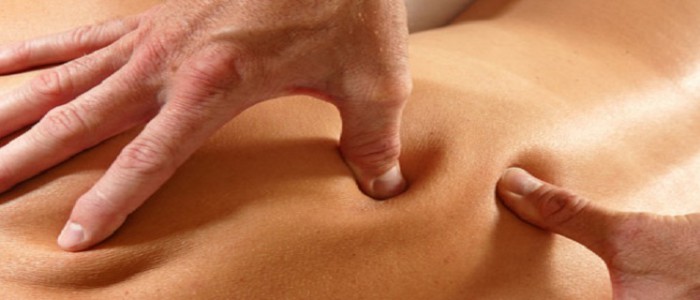
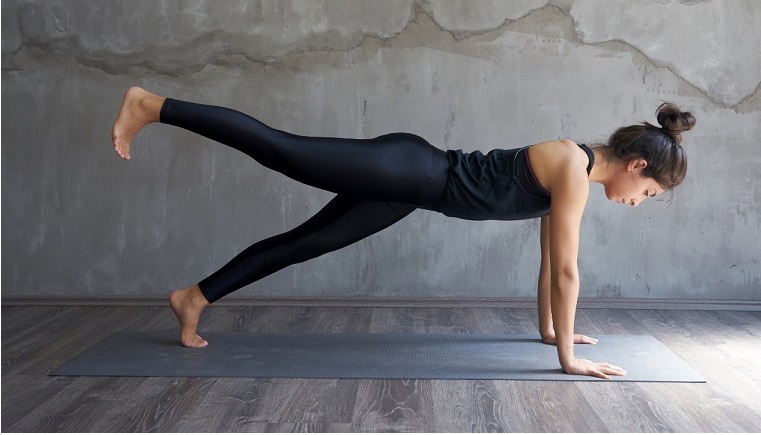
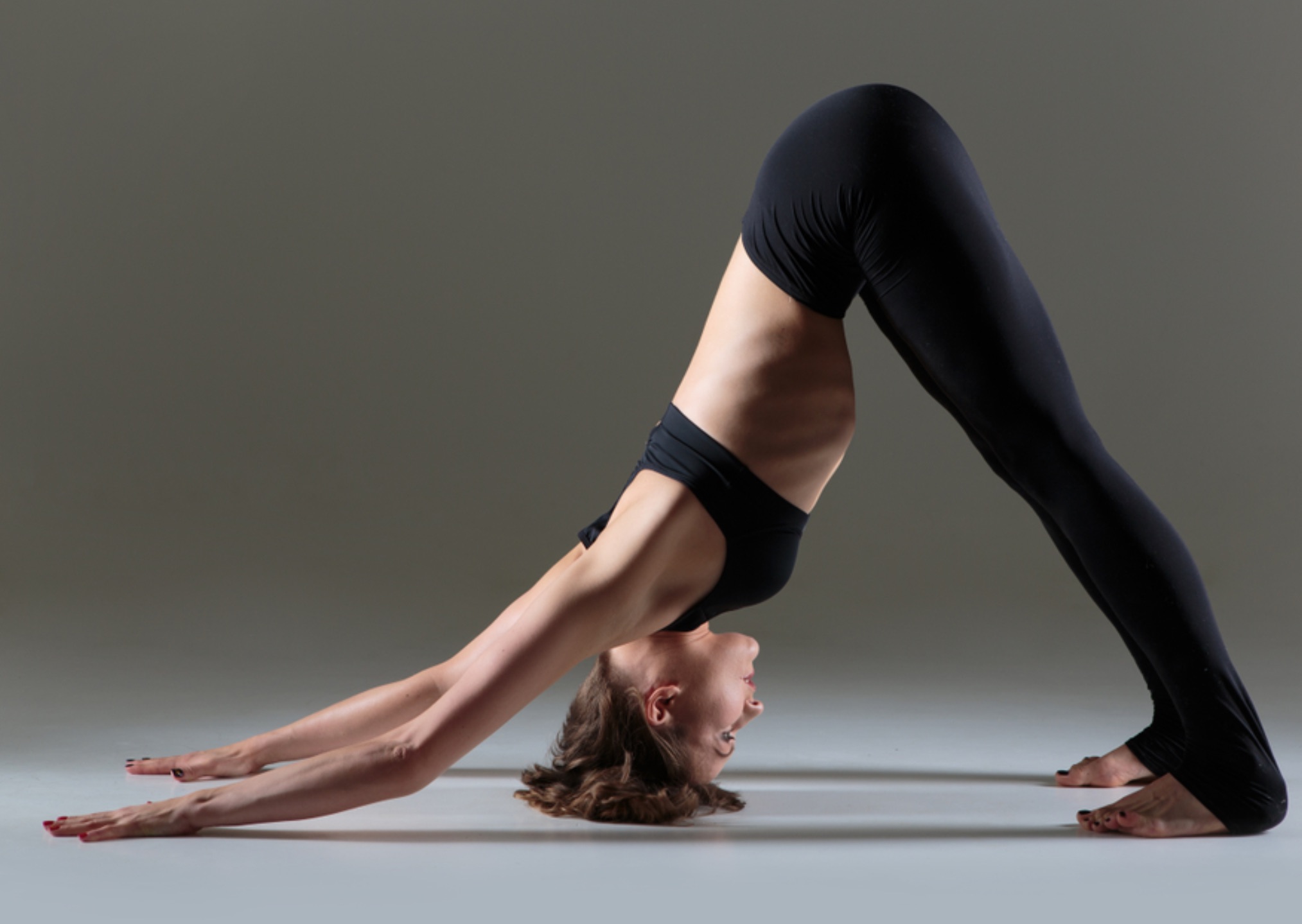
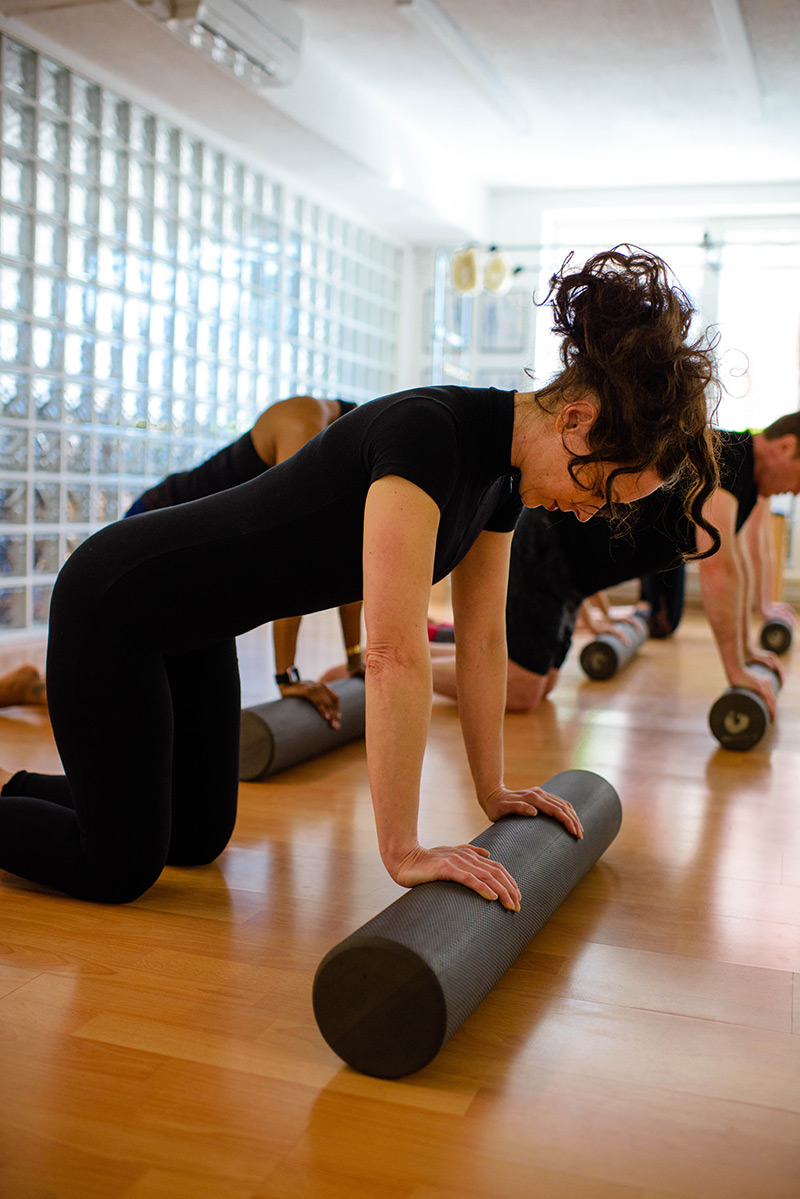
Related Pages
Sports Massage - Myo Fascia Release - Trigger Points Pilates
Pilates
 Yoga - Hatha & Vinyasa
Yoga - Hatha & Vinyasa
 Somatic Movement
Somatic Movement
 Cupping & Moxibation
Indian Head Massage
Taping & Strapping
Ante and Post Natal Exercise & Massage
Cupping & Moxibation
Indian Head Massage
Taping & Strapping
Ante and Post Natal Exercise & Massage
What I Do
Soma-Body-Mind Approach Physical-Structural Bodywork
Physical-Structural Bodywork
 Emotional-Mental Techniques
Emotional-Mental Techniques
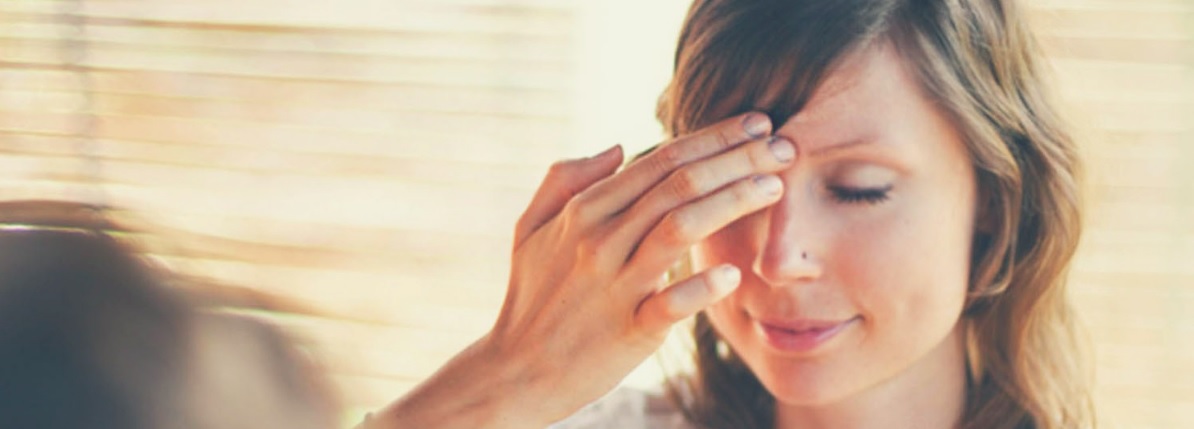
Next Previous Blog/News
I heard that some people don't know what to do with all the time on their hands during this "stay home, stay safe" period. Others have begun amazing new hobbies or are running around with their hair on fire juggling work from home, homeschooling, hom...
Next Previous Testimonials
"I suffer from a long-term sciatic problem that is severe and causes a good deal of pain. I have been working with Sonia for three months and my core strength has improved, as has all the muscle strain around the weak part of my spine. My osteopath says that he feels a real improvement. I love my sessions with Sonia, they are always varied and especially tailored to fit my very particular needs. She is thorough, kind and attentive. I have recommended her widely and will continue to do so." Jennifer S
"I have always been very active having played a number of sports to a very high standard. My focus has always been on strength and fitness and I realised after a couple of minor injuries that I had neglected some key principles. Working with Sonia was of course very different to working out in a gym or to any other training regime I had been involved in but it has so far had a huge impact on everything that I do - from walking to the tube and avoiding recurring foot injuries to my posture at work and also in the gym. I have learnt things about my body that I never knew and I now wish I had known before. I thought her style of pilates would be interesting and a change from my normal workouts but it has had a much deeper impact than I could have imagined. I now know so much more about my body and can put that knowledge to use in my workouts and everyday fitness regime. Just because you go to the gym 3 times a week does not mean you don't "need" Sonia - in fact I would suggest the opposite. In addition to this, on a personal level, Sonia always makes her sessions interesting. She is an interesting and engaging person who will make an introduction to Pilates Yoga or Somatic Movement a most worthwhile experience and even experts will benefit from her broad knowledge about the body and the mind. I couldn't recommend Sonia more highly to everyone, of all ages and all levels of fitness and experience." Graham H



